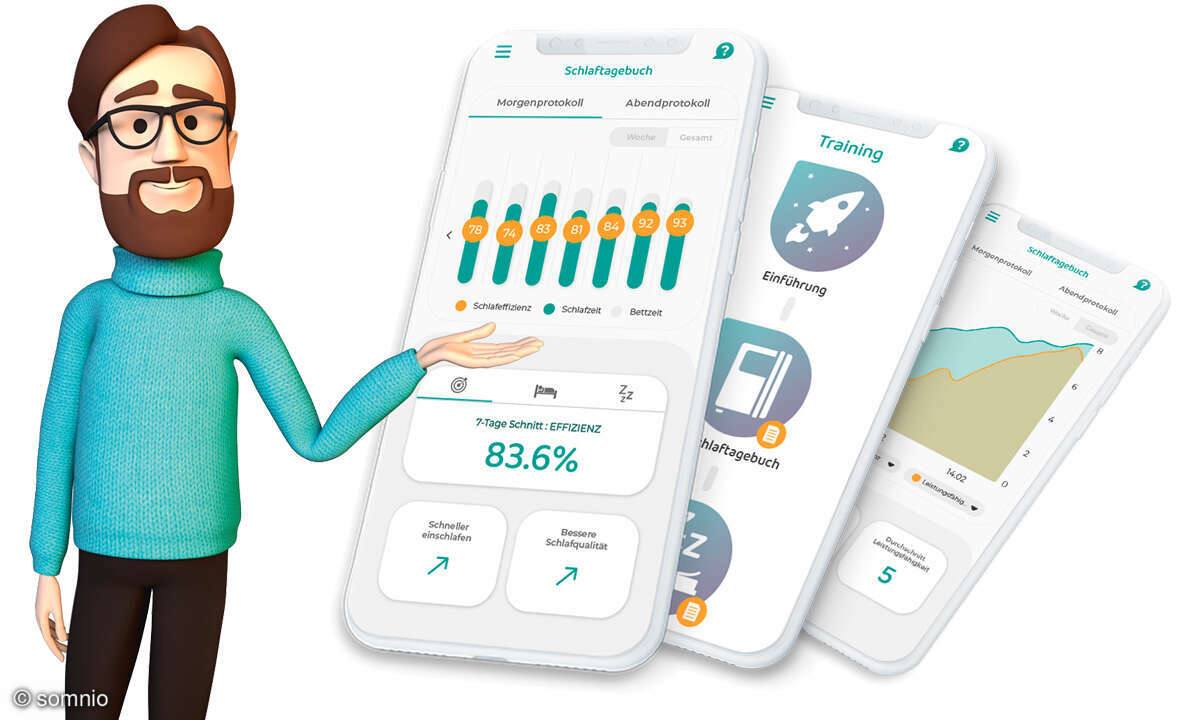As an analysis by the Barmer health insurance company showed, the number of insured people is Sleep disorder increased from 5 to around 7 percent between 2012 and 2022. The insurer reports that this amounts to around 6 million cases in 2022 and an increase rate of 36 percent.
The triggers for sleepless nights are of a diverse nature – from professional and private stress to anxiety and depression. Sleep apnea, asthma and hormonal changes can also prevent those affected from falling asleep. External factors are also often triggers, such as medications, caffeine, nicotine and alcohol. Lifestyle plays just as much a role as the sleeping environment and sleep hygiene.
The consequences of sleep disorders, known in technical language as insomnia, are far more serious than tiredness and fatigue. Rather, the risk of obesity, stroke, dementia and cardiovascular diseases increases. Good sleep is – similar to exercise and nutrition – an elementary building block of health. So it’s no wonder that the electronics industry has been wide awake for a long time and is supplying suitable gadgets that help track and optimize sleep in an intelligent and networked way. After all, bed rest shouldn’t become a nightmare.
Off to the mat
We often answer the question of whether we slept well with the number of hours we slept. Seven to eight hours is optimal, everyone knows that. What not everyone knows, however, is how high the quality of their own sleep is. For example, you may have spent the recommended amount of time in bed but still feel unrested. This could be an indication of one Schlafapnoe be. With this disease, breathing repeatedly stops for a short time while sleeping. This is not only a hindrance to restful sleep, but can also have serious health consequences.
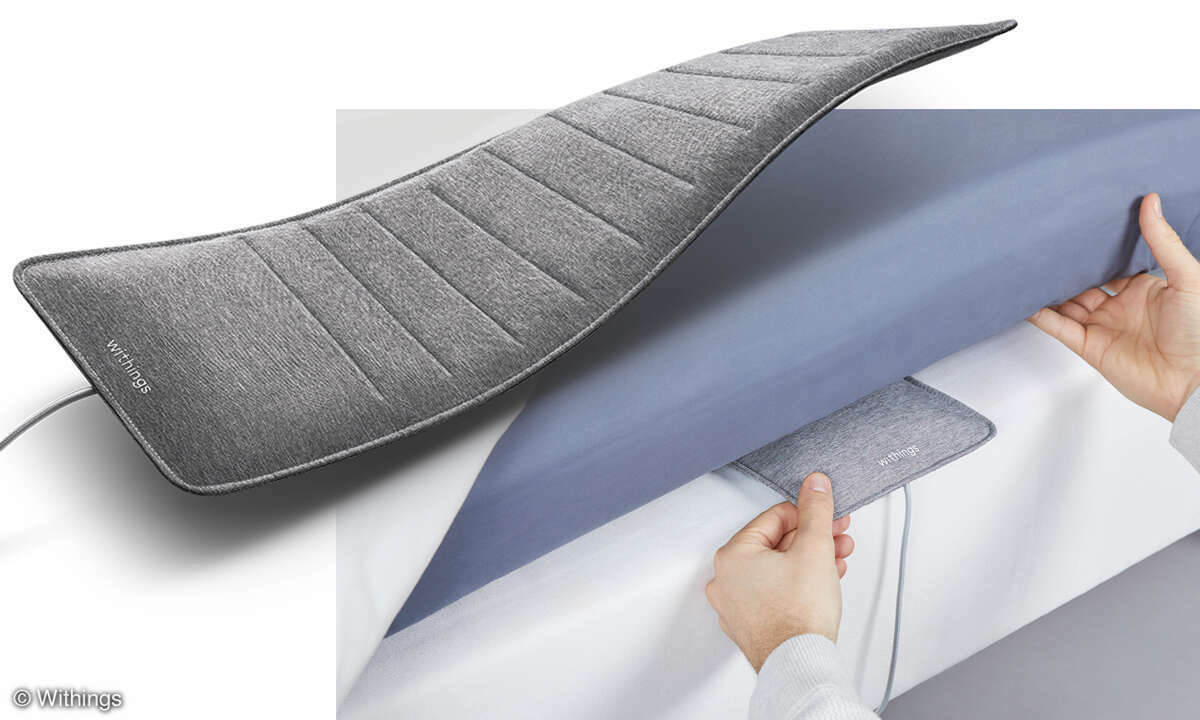
To diagnose sleep apnea, you need to go to a sleep laboratory. If you want to investigate the cause of poor sleep yourself, you can find it here Withings a tool to analyze vital signs such as breathing, heart rate and Movement and snoring monitoring very easy to do in your own bed. To do this, the mat is placed under the mattress and connected to the smartphone via an app. So while we lie down like Sleeping Beauty – but put a smart mat under the mattress instead of the pea – we can conveniently check and evaluate the quality of sleep in our usual environment and under real conditions.
The next morning, the app awaits us with a detailed, laboratory-accurate analysis of the night’s sleep, as promised by the manufacturer Withings. The overview contains, among other things, the sleep phases and shows the deep sleep, light sleep and REM phases and their duration. The entire sleep time and interruptions are also tracked. The Withings Sleep Analyzer costs around 150 euros. Especially since you don’t have to wear a device on your body while sleeping, the mat is very comfortable.
With a ring on your finger you can sleep better
Don’t worry, you don’t have to get married to improve your sleep. A digital way to track nightly activities are smart rings. They are simply worn on the finger and their sensors feed the connected smartphone apps with the collected data. The most famous smart ring is probably this Oura Ringwhich is already in its third generation. It not only tracks sleep, but also fitness, stress and other health parameters.
A similar option is the Helio Ring from the Xiaomi subsidiary Amazfit. It offers detailed monitoring and analysis of sleep metrics from the night.
This is a new smart finger jewelry Galaxy Ring von Samsung. He also keeps a watchful eye on sleep. It uses an AI-powered algorithm to conduct sleep analysis to help understand sleep patterns and better adapt habits. The ring records sleep scores, movements during the night’s sleep, sleep latency, and heart and breathing rates. Snoring detection is even possible.
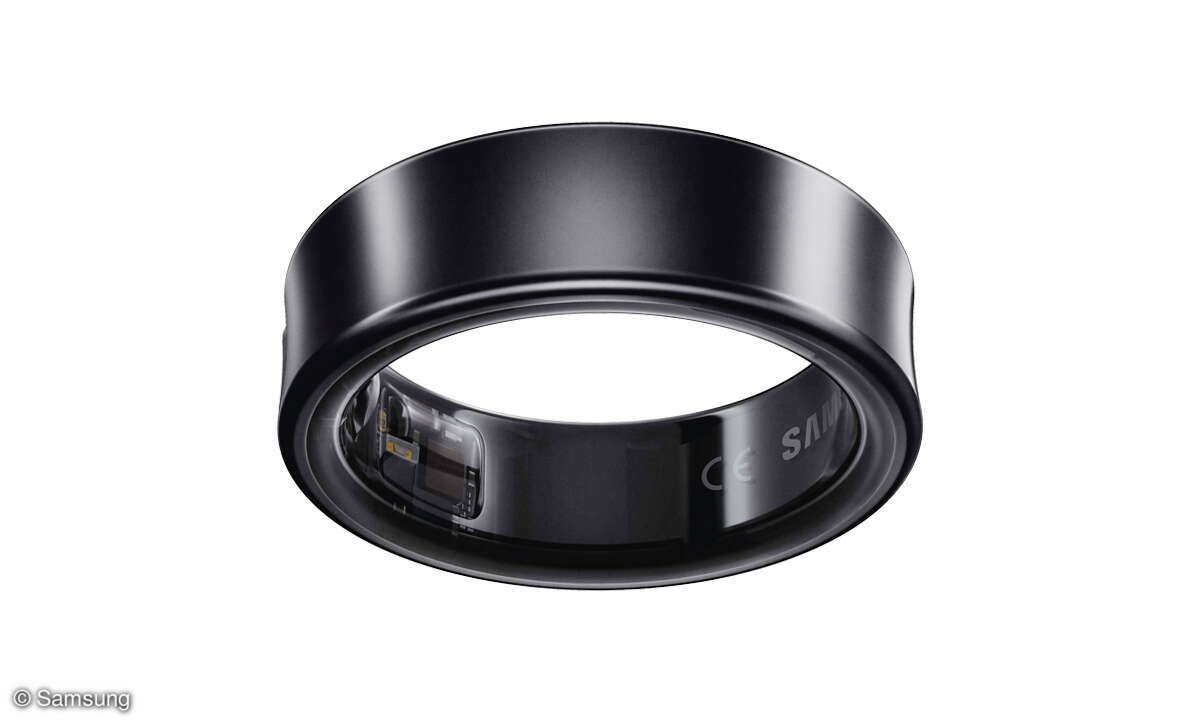
This means that morning accusations from the other side of the bed can be denied based on facts – or not. Additionally, the Galaxy Ring is equipped with cycle tracking, which helps better track the menstrual cycle by monitoring skin temperature at night. The prices for the smart rings are between 300 and 450 euros, depending on the manufacturer. Models from less well-known providers and with a smaller range of functions are also available cheaper.
The classic: sleep analysis on your wrist
They already adorn millions of German wrists: Smartwatches and Fitness bracelets. Its versatile range of functions also includes sleep analysis. The wearables are equipped with acceleration sensors, heart rate monitors, microphones, etc. to track and analyze activities and vital signs not only during the day – but also at night. With their connection to the smartphone, they provide easy access to sleep data, which can be integrated into the analysis of other evaluations.
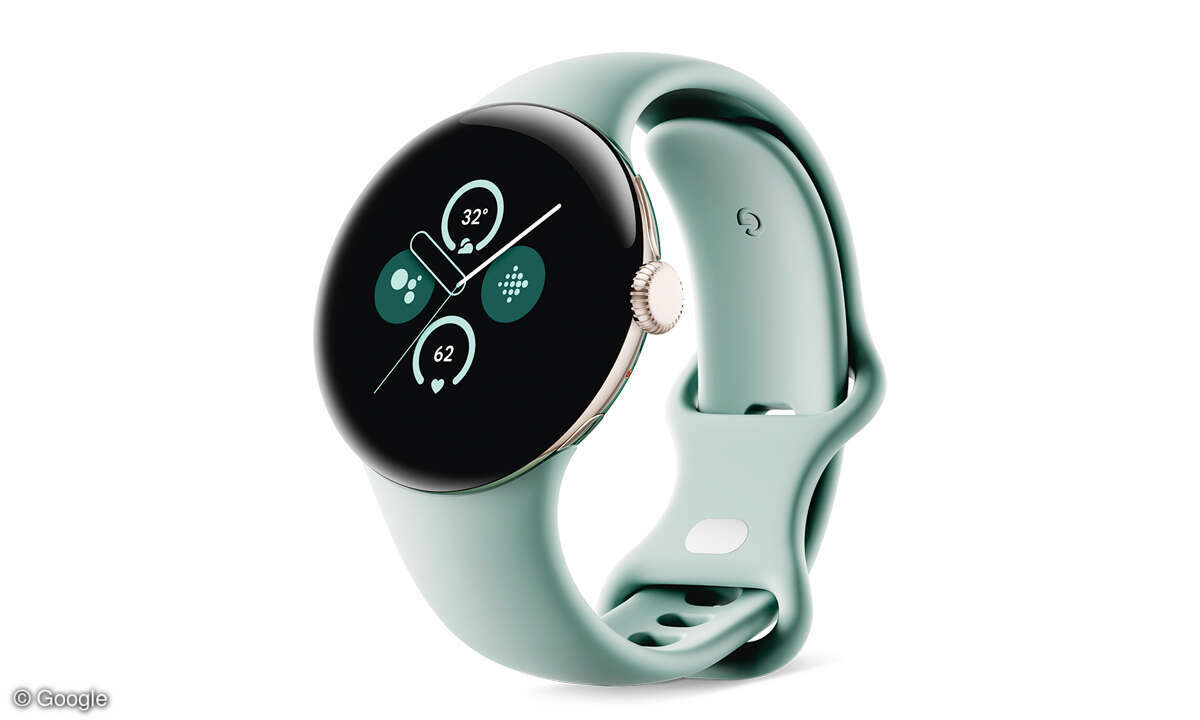
This is what we see thanks to Wearables (this of course also includes smart rings) not only that we slept particularly well. We can also determine straight away whether this is because we previously exercised more or had less stress and were therefore able to find peace more quickly. Since we use the smart companions every day anyway, the sleep analysis does not require any effort. In addition, the greater the period of time under consideration, the greater the significance of the analysis.
One disadvantage of sleep analysis using a smartwatch or fitness tracker is the comfort while sleeping. Unlike a smart ring or the mat, bracelets can be uncomfortable while sleeping. In addition, the charging process must be planned better if you want to wear the wearables permanently, even at night. Many people use their slumber phases to send their wearables to the charging station to regenerate.
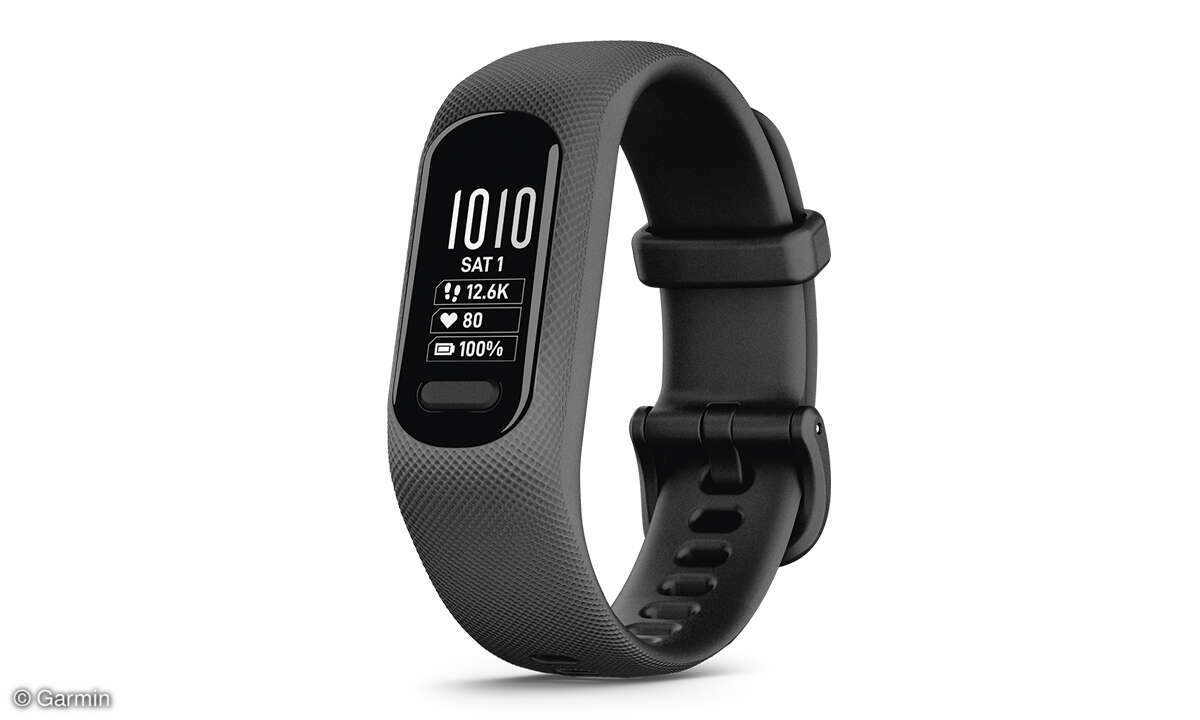
In principle, however, smartwatches are very suitable for analyzing sleep in an uncomplicated way. In this way, we might be able to counteract this in time if we notice that everyday life is too busy and stress, appointments and the constant temptation to watch another episode of our favorite series may be robbing us of more sleep than we thought. This finding is an important first step towards permanently improving sleep. However, it is often not so easy to break the vicious circle of being awake when there is a serious sleep disorder.
App ins Bett
According to the German Brain Foundation e. V. around 15 percent of people worldwide suffer from it chronic sleep disorders. To one Insomnia Getting it under control requires therapy. However, places are rare and often involve long waiting times. Become an alternative Apps used to help more quickly. Two apps that the Federal Institute for Drugs and Medical Devices in the Directory for digital applications has recorded, are dream and HelloBetter Sleep.
They can specifically support the relief of the sleep disorder and are available on prescription for chronic insomnia. However, it is important not to use the apps to sleep in bed. Studies show that screen time late in the evening or at night can have a negative impact on sleep. The blue light from the display could, for example, inhibit melatonin production, and social media and the like can also be emotionally upsetting.
FAQs – Connected Sleep Gadgets
1. How common are sleep disorders?
According to an analysis by Barmer Krankenkasse, the proportion of insured people with sleep disorders rose from 5 to around 7 percent between 2012 and 2022. That corresponds to around 6 million people in Germany.
2. What are the main causes of sleep disorders?
The most common triggers include professional and private stress, anxiety and depression as well as physical causes such as sleep apnea, asthma or hormonal changes. External factors such as alcohol, caffeine, nicotine and medications also play a role.
3. What health consequences can sleep disorders have?
In addition to tiredness and fatigue, sleep disorders increase the risk of obesity, strokes, dementia and cardiovascular diseases.
4. Which smart technologies help with sleep analysis and optimization?
- Smart mats: With products like the Withings Sleep Analyzer, sleep quality can be measured directly in bed.
- Smart Rings: Devices like the Oura Ring or the Galaxy Ring from Samsung track sleep phases, heart rate and other health values.
- Smartwatches and fitness bracelets: These wearables measure vital signs and sleep phases. Many users also wear them at night, although they can be less comfortable than smart rings.
5. Are there apps that help with sleep disorders?
Yes, apps like dream and HelloBetter Sleep are approved by the Federal Institute for Drugs and Medical Devices and can be used to treat chronic sleep disorders. If you have been diagnosed with insomnia, they are even available with a prescription.
6. Why should you avoid screens before bed?
Screen use can disrupt sleep because blue light inhibits melatonin production and keeps us awake. In addition, social media and other content can be emotionally upsetting and make it difficult to fall asleep.
Source: www.connect.de


